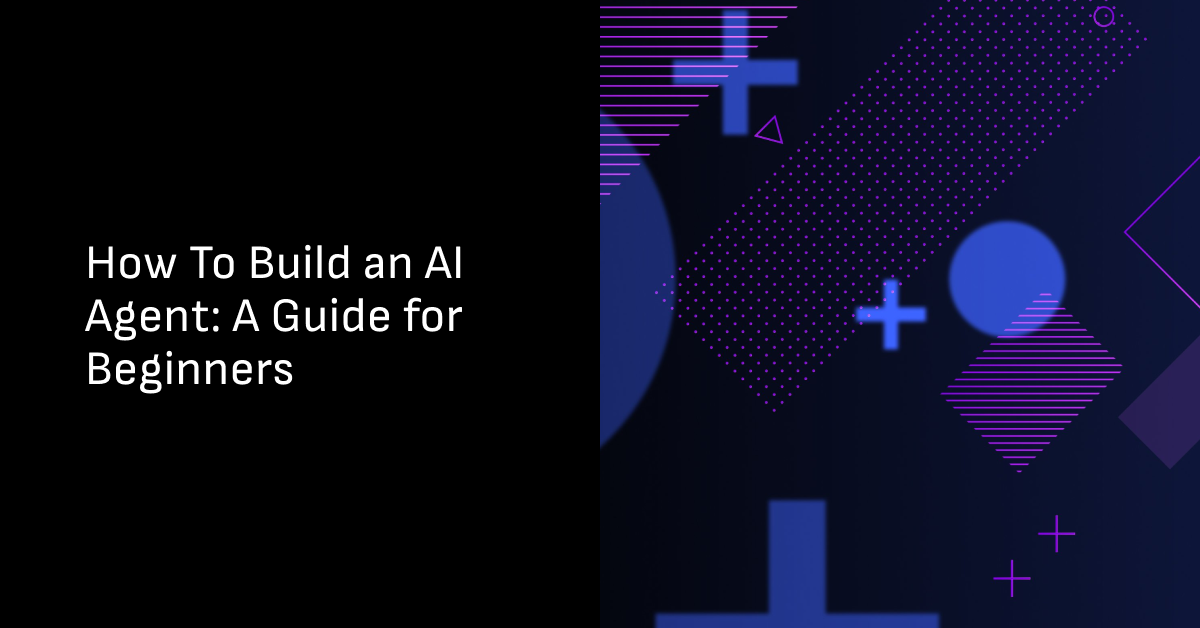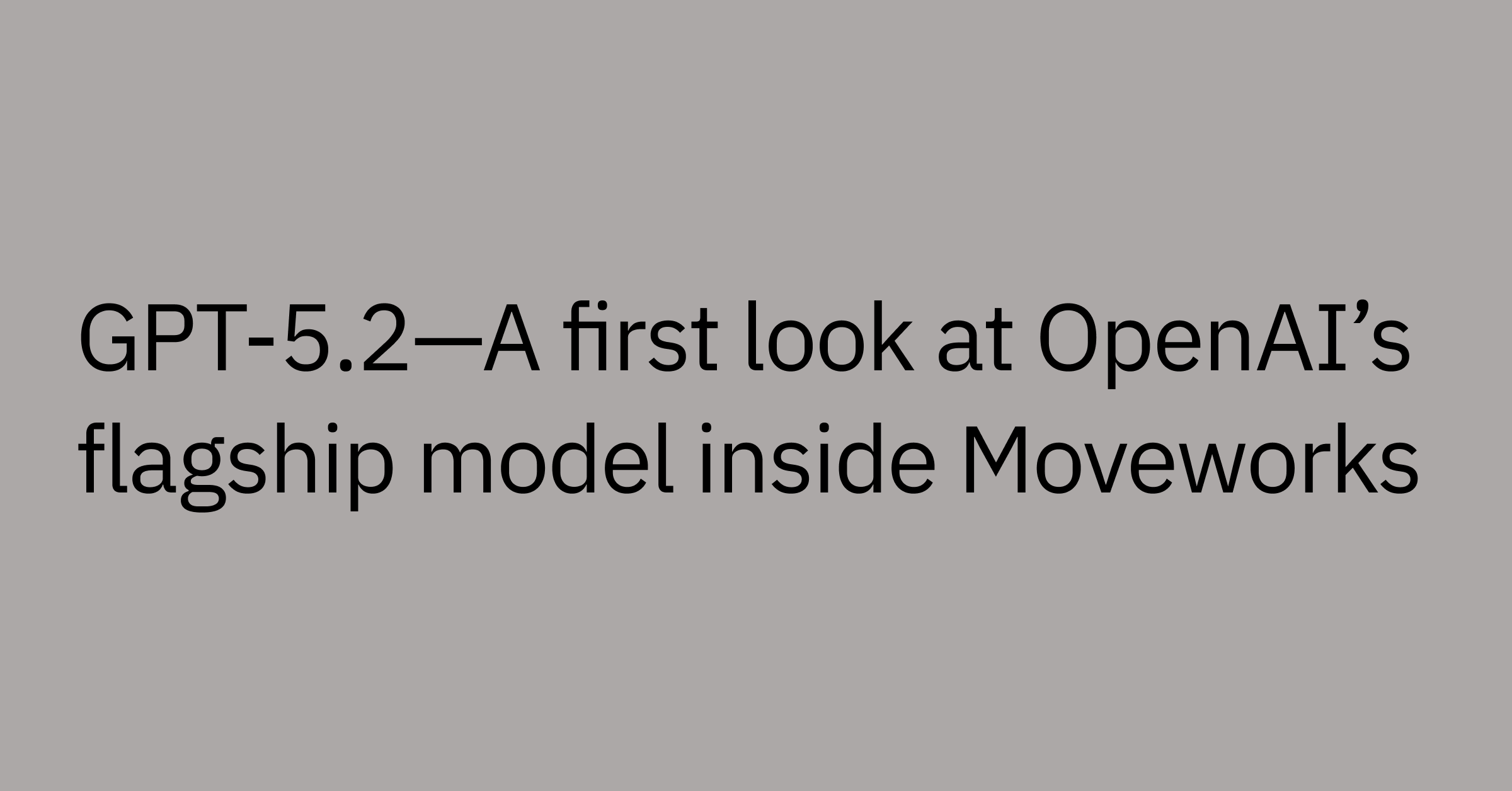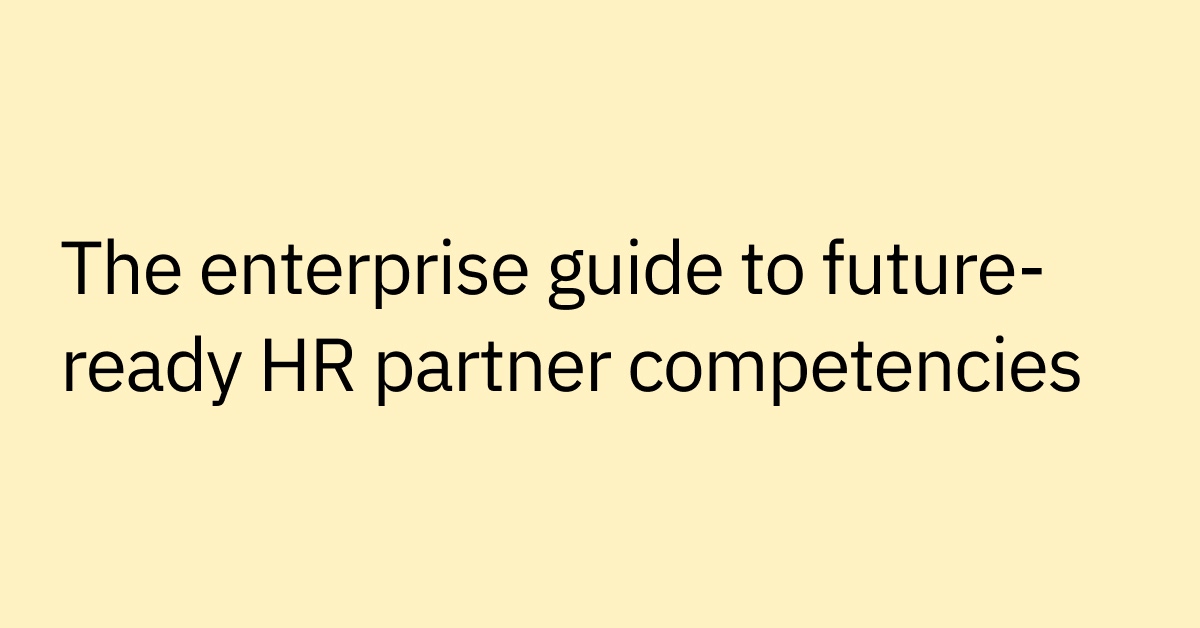Table of contents
While tools like ChatGPT and Anthropic’s Claude have made AI more accessible, the real game-changer lies in autonomous AI agents — individual entities designed to perceive their environment, reason, and act with minimal human oversight. There’s a good reason that one survey reported over 50% users engaging with some form of agents today.
Unlike traditional automation tools, AI agents don’t just follow predefined rules — they can also adapt, learn, and make decisions based on real-world inputs.
So whether you’re a developer looking to experiment or a business leader exploring AI-driven automation, this guide will break down the different types of AI agents and their core components, enabling you to effectively leverage them for various applications.
Additionally, you'll learn the methods for building AI agents yourself, using both agentic frameworks and AI agent-building platforms, allowing you to choose the best approach for your projects.
What is an AI agent?
An AI agent is an autonomous software system that can perceive its environment, makes decisions, and takes actions to achieve specific goals.
Agentic AI differs from traditional AI and automation tools because it can make its own decisions (i.e. it has agency) and handle complex tasks based on understanding the context, not just following preset rules.
What makes AI agents stand out from old school chatbots or previous AI assistant technology? They are:
- Autonomous: They can take actions to achieve goals without constant human supervision.
- Goal-oriented: They stay focused on user provided or pre-programmed objectives, adjusting their approach as inputs or conditions change.
- Continuously learning: They can improve over time by based on new data and analyzing feedback
For example, in an enterprise setting, a single AI agent could set up employee direct deposit while another shares the employee handbook with new hires.
This power is multiplied when multiple agents work in tandem, then you go from having a helping hand that can answer common new employee questions to an intelligent assistant that can support the onboarding process by providing personalized training materials, managing IT provisioning, and automating administrative tasks too..
Want to dive deeper into how AI agents are transforming the workforce? Check out our webinar, The Age of AI Agents: How LLMs Will Ultimately Transform Your Business, for expert insights on the future of automation.
Types of intelligent agents
AI agents aren’t one-size-fits-all solutions. Different types of AI agents are designed to perform specific functions, and the most effective solutions often involve multiple agents working together. Here are a few examples that illustrate how different AI agents serve distinct purposes in business environments:
- Learning Agents: These agents improve over time through experience, similar to a customer service chatbot that enhances its responses by interacting with users. In a customer service setting, a learning agent might start with basic questions but, over time, learn to anticipate user needs, proactively offering solutions based on observed patterns.
- Utility-Based Agents: They make decisions by evaluating potential outcomes, much like an AI trading system that considers different market conditions.
- Goal-Based Agents: These agents aim to accomplish particular goals, such as an automated inventory system designed to maintain optimal stock levels.
- Reflex Agents: These agents respond directly to user inputs based on predefined rules, exemplified by a smart thermostat that adjusts temperatures according to current conditions.
- Model-Based Agents: They employ an internal model of their environment to make more informed decisions.
What are the core components of AI agents?
AI agents consist of key elements that work together to create an intelligent, autonomous system. Just as humans rely on a brain to think, senses to perceive, and limbs to act, AI agents also require similar components working together to function effectively in enterprise environments.
Sensors
Sensors act as an AI agent's "eyes and ears," gathering data from its environment. These sensors can be physical devices like cameras, microphones, or specialized sensors depending on the agent's purpose (e.g., temperature sensors, GPS).
For software agents, sensors might involve receiving data from user input, databases, or other programs. Sensors provide the raw data that the AI agent needs to understand the current state of its environment.
In HR workflows, sensors and data streams might track employee record updates, onboarding progress, and policy changes. This constant flow of data allows the agent to adapt to new situations and maintain accuracy.
Intelligence
The AI agent uses its "intelligence" or reasoning abilities to process the information gathered by the sensors. This involves analyzing the data, identifying patterns, and making sense of the environment.
This is where the AI agent's algorithms and models come into play. These could include machine learning models, rule-based systems, or other techniques that enable the agent to understand the data and make decisions
Many modern AI agents leverage large language models (LLMs) to enhance their understanding, decision-making, and response generation, allowing them to process complex requests and adapt to different situations.
AI agents use reasoning to process and understand the inputs from their sensors, match patterns, understand context, manage memory, and plan strategically. For example, when resolving an IT support ticket, an agent doesn’t just look for keywords — it can also analyze the full context, reference past interactions, and deliver a thorough solution.
This reasoning could also recognize time-sensitive tasks, preventing issues like setting incorrect deadlines due to outdated LLM knowledge.
Natural language processing (NLP) capabilities make AI agents more intuitive to interact with. Unlike rigid automation tools, they can engage in dynamic, human-like conversations, improving user experiences.
Actuators
Actuators serve as the agent’s “hands,” carrying out the actions,allowing the agent to interact with and influence its environment.. Actuators can be physical devices like robotic arms, wheels, or speakers. For software agents, actuators might involve sending commands to other programs, displaying information on a screen, or generating text.
The actions taken by the agent through its actuators can change the environment, which is then perceived again through the sensors, starting the cycle anew.
For example, during employee onboarding, actuators can:
- Update HR systems
- Provision IT access
- Send welcome emails
And they do it all in the right sequence — without missing a step.
Plugins
Plugins are specialized extensions that enhance and extend an AI agent's capabilities. Integrated into the agent's reasoning system, they can provide additional data sources, enable integration with specific enterprise systems, or add feature enhancements.
Methods for building AI agents
Build AI agents yourself
Developing an AI agent from scratch gives you full control but requires significant expertise, time, and resources. This approach involves creating every component (i.e. sensors, reasoning and actuators) from scratch using foundational AI and machine learning technologies.
Companies choosing this path need specialized teams with strong skills in machine learning, NLP, and enterprise system integration. The process includes:
- Designing custom algorithms tailored to specific use cases
- Setting up data pipelines to handle real-time processing
- Constant debugging and optimization to ensure reliability
- Building integrations for seamless interaction with enterprise systems
While this level of customization can seem appealing, it’s often extremely time and resource intensive, making it impractical for most businesses.
You don't just need to build an AI agent– you will also need to maintain it too. Keeping AI models up to date requires ongoing fine-tuning, updating datasets, and infrastructure management — all of which demand substantial long-term investment. For these reasons, building an AI agent from scratch is generally an impractical option given the extensive resource commitment.
Build using an agentic framework
Agentic frameworks provide pre-built components and structures for developing autonomous systems. It provides a set of defined parameters and protocols that handle the interactions between AI agents, which can be LLMs or other types of software.
Essentially, an agentic framework is a blueprint outlining how AI components—such as perception modules, planning algorithms, and decision-making processes— should work together to achieve specific goals. This helps speed up development while leaving plenty of room for customization.
Most frameworks include NLP, memory management, and integration tools, helping teams deploy AI agents efficiently without sacrificing control over the final product.
Building an AI agent using an agentic framework
Building an AI agent with an agentic framework requires a structured approach that balances flexibility and efficiency. The process involves several key steps and requires both technical skills and careful planning.
Here’s a step-by-step overview of the process:
- Choose a framework: Select the agentic framework that best fits your use case and requirements. Some widely used frameworks for building AI agents include:
- LangGraph: Great for conversational AI agents, offering strong NLP capabilities and flexible integrations.
- CrewAI: Designed for collaborative AI agents, enabling multi-agent problem-solving.
- LlamaIndex: Ideal for knowledge-heavy applications, offering tools to manage and use large volumes of enterprise data.
- Arcade: Built for rapid development and deployment, ideal for enterprise-grade solutions.
- Set up the environment: Install dependencies and configure the necessary tools to create a development environment conducive to building and testing the AI agent.
- Design the agent’s architecture: Define capabilities, map out conversation flows, and create decision trees, which are essential for guiding the agent’s decision-making process.
- Test, train, and optimize: Run extensive tests to validate the agent’s responses across various scenarios. Train the model using your dataset, fine-tune hyperparameters, and continuously optimize performance to improve accuracy and response quality.
- Deploy and monitor: Deploy your agent to the desired platform, such as a website or app, then monitor and refine as necessary based on user feedback and real-world interactions.
For example, custom code is often required for specific functionalities, such as handling API calls or interacting with databases. Once the agentic system is designed, it undergoes model training, optimization, and extensive testing before launching.
This method provides a high level of control – but requires substantial technical expertise and regular maintenance to ensure continuous, reliable performance.
Use an AI agent-building platform
AI agent builder platforms make launching AI agents easier and faster while offering enterprise-level features. Their no-code and low-code capabilities reduce technical complexity without sacrificing functionality.
These platforms ensure that the agent’s reasoning "brain' and "body" (sensors and actuators) are functional, interconnected, and ready to tackle real-world challenges.
The process begins with choosing the right platform — such as Moveworks’ Creative Studio, Dialogflow, Microsoft Bot Framework, or IBM watsonx Assistant — and defining clear use cases.
With an AI agent builder, instead of dealing with complicated coding and infrastructure, teams use intuitive user interfaces to quickly configure agent behavior, set up responses, and define operating rules. This rapidly accelerates processes to as little as a few hours – much faster than traditional automation platforms.
Integration is simplified with pre-built connectors, plugins, and standardized tools. The platform also provides built-in testing and monitoring features, making deployment and optimization more efficient.
Agentic framework vs. AI agent builder: Key differences
Choosing between an agentic framework and an AI agent builder affects development time, customization, and ongoing maintenance. Understanding these differences will help you determine the best approach for your needs.
Feature | Agentic Framework | AI Agent Builder |
Development time | Longer | Shorter |
Customization | High (Full control, unique features possible) | Lower (Standardized solutions, limited customization) |
Complexity | Higher | Lower |
Technical expertise required | Higher | Lower |
Integration | Managed by the development team | Often built-in or simplified |
Maintenance | Managed by the development team | Often handled by the platform provider |
Security & compliance | Responsibility of the development team | Often included as a built-in feature |
Ideal use case | Complex, highly specific needs; internal teams | Faster deployment, simpler use cases; less technical teams |
Agentic frameworks allow you to build highly custom solutions with unique features. But the trade-off is increased complexity and longer development times. Your team will need strong technical expertise and have to manage much of the process themselves, from integration to maintenance.
On the other hand, AI agent builders prioritize simplicity and speed, providing standardized, enterprise-ready solutions with built-in security, compliance, and integration tools, eliminating much of the technical overhead.
Build custom AI agents with Moveworks
Creating and implementing your own AI agents offers your business exceptional flexibility in automating and optimizing operations. However, selecting the right agent builder platform is essential for the success of your automation efforts.
With Moveworks' Creator Studio, you can swiftly create and deploy AI agents with minimal coding required. The platform allows you to:
- Automate routine tasks such as IT ticket resolution, HR inquiries, and customer service issues.
- Integrate AI agents smoothly into your current enterprise systems to remove inefficiencies.
- Deploy complex automations across multiple teams, minimizing the need for manual work.
- Enhance workflows continuously by harnessing AI’s capacity to learn and optimize processes over time.
This allows you to develop and deploy AI agent systems that seamlessly integrate with your existing tools, such as HR platforms and IT service management systems.
Refocus on high-impact tasks by automating repetitive ones and integrating effortlessly with your existing systems with Moveworks.
Ready to get started? Request a demo to see how Moveworks can accelerate your AI journey.



